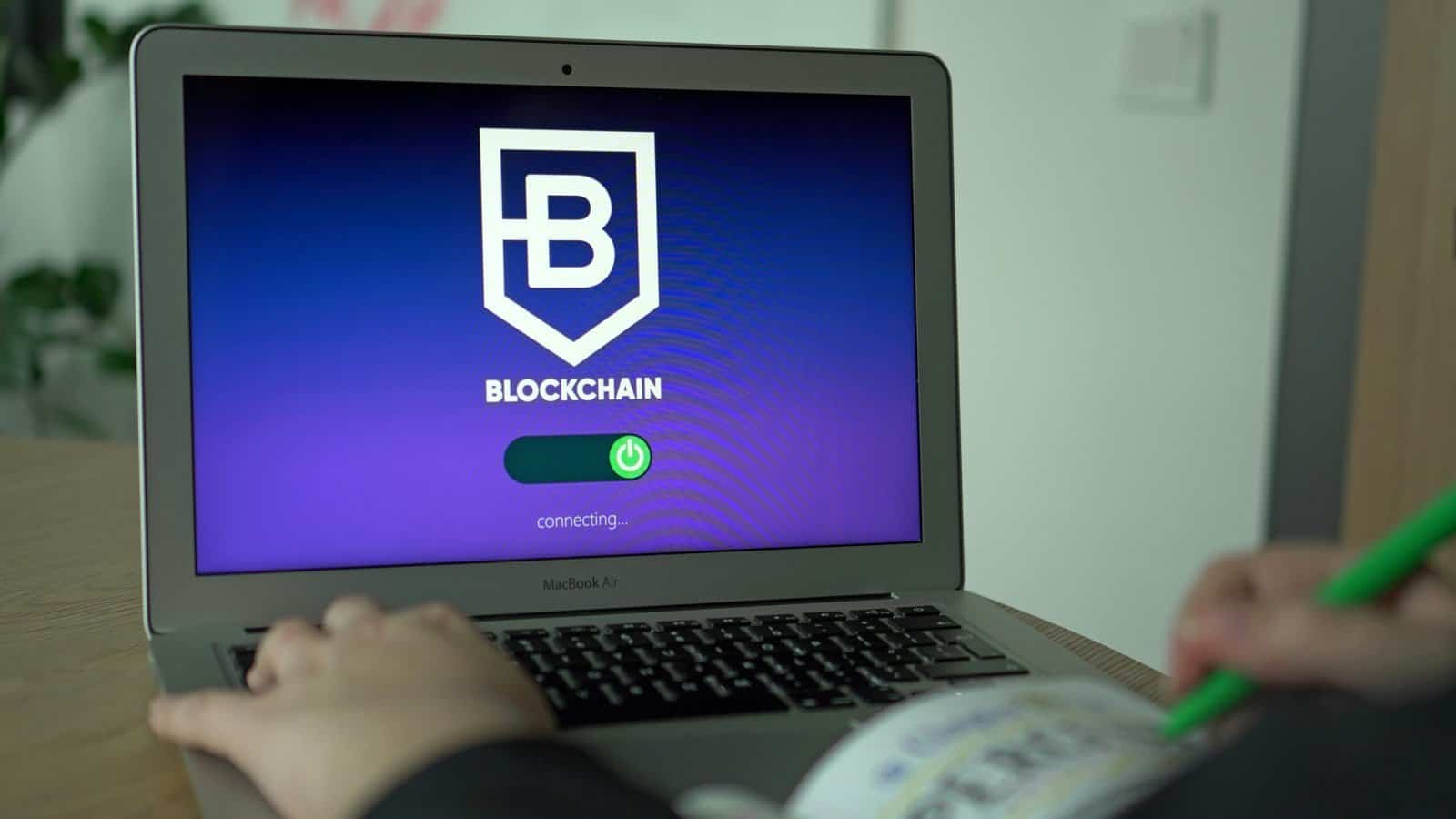Have you ever wondered how you can determine if a blockchain network can handle the demands of growing users and transactions without deteriorating in performance? The scalability of a blockchain network is critical to its success and adoption. It dictates how well your network can expand and manage increased demand while maintaining efficiency and cost-effectiveness.
Understanding scalability is vital whether you are a developer building a new blockchain platform, a business deciding which network to integrate, or simply a keen observer of blockchain technology. In this article, you will discover how to assess the scalability of a blockchain network, enabling you to make informed decisions and predictions about the technology.

What is Blockchain Scalability?
Scalability in the context of a blockchain network refers to the system’s ability to accommodate growing amounts of work or its potential to be enlarged to accommodate that growth. It impacts how many transactions a network can process in a given time.
Three Aspects of Blockchain Scalability
When assessing the scalability of a blockchain network, consider these three critical aspects:
Throughput: The number of transactions a network can process per second (TPS). Throughput must increase as the network grows.
Latency: The time it takes for a transaction to be confirmed and added to the blockchain. Low latency is crucial for speedy transactions.
Transaction Costs: As a network expands, transaction fees need to remain affordable for users to encourage wider adoption.
These three aspects interrelate intricately. Boosting throughput while maintaining low latency often involves trade-offs with transaction costs or decentralization.
Bottlenecks in Blockchain Scalability
Blockchain networks face several inherent bottlenecks that can limit their scalability. Understanding these hurdles is essential to evaluating a network’s scalability potential.
Consensus Mechanisms
The method by which a blockchain network achieves consensus, such as Proof of Work (PoW) or Proof of Stake (PoS), significantly affects scalability. PoW, used by Bitcoin, is known for being resource-intensive, resulting in higher transaction latencies. In contrast, PoS can offer a more scalable solution by reducing energy consumption and speeding up consensus.
Block Size and Propagation
The size of blocks and how they’re propagated through the network can affect transaction throughput. Larger blocks can hold more transactions, potentially increasing throughput, but they require more time and resources to propagate across the network, which might increase latency.
Network Infrastructure
The physical bandwidth, computational resources, and storage of nodes in a blockchain network also limit scalability. A network with limited bandwidth will struggle to maintain high throughput and low latency as it grows.
Measuring Scalability
Now that you’ve understood the factors affecting scalability, here’s how you can measure it in a blockchain network.
Transaction Throughput
Assessing transaction throughput involves determining the number of transactions processed per second. High throughput indicates a network’s ability to handle increased demand.
Example Table: TPS Comparison
| Blockchain Network | Transactions Per Second (TPS) |
|---|---|
| Bitcoin | 5 |
| Ethereum | 15 |
| Solana | 65,000 |
Latency
Measuring latency involves tracking the time taken for transaction confirmation. Look for networks with low latency for rapid transaction processing.
Transaction Fees
Analyze average transaction fees over time. Sustainable networks should maintain reasonable fees, even with increased usage.
Tools for Scalability Assessment
To effectively assess a blockchain network’s scalability, you can utilize various tools and techniques designed to evaluate the core parameters.
Simulation and Testing
Run simulations or experiments on test environments. Tools like Testnet environments can help analyze transaction throughput and network latency under different conditions.
Analytical Tools
Utilize analytical tools to monitor real-time network performance. These tools can provide insights into transaction performance, network congestion, and more.

Addressing Scalability Challenges
Blockchain scalability is a challenge, but recognizing possible solutions can guide improvement efforts. Here are some common approaches.
Layer 2 Solutions
Layer 2 solutions, such as the Lightning Network for Bitcoin or zk-Rollups for Ethereum, aim to process transactions off-chain, thus reducing the load on the main network and increasing overall throughput.
Sharding
Sharding involves splitting a blockchain into small pieces or “shards.” Each shard processes transactions independently, allowing parallel transaction processing and improving overall scalability.
New Consensus Algorithms
Emerging consensus models like Delegated Proof of Stake (DPoS) or Byzantine Fault Tolerance (BFT) focus on reducing energy consumption and increasing transaction speed.
Real-World Scalability Comparisons
Examining some live blockchain networks and their scalability can offer practical insights.
Ethereum 2.0 vs. Ethereum 1.0
Ethereum 2.0 incorporates sharding and PoS to significantly improve Ethereum 1.0’s scalability—which was limited by PoW and single-chain reliance.
Solana vs. Cardano
Solana’s high throughput results from a unique “Proof of History” consensus, enabling thousands of TPS. In contrast, Cardano focuses on a balance of scalability with decentralization through PoS and Ouroboros protocol.

The Future of Blockchain Scalability
The future of blockchain scalability lies in innovations and research to improve current limitations, aiming for decentralized yet efficient systems.
Emerging Technologies
Keep an eye on technologies like quantum computing and AI, which can potentially revolutionize blockchain scalability.
Legislative and Industry Challenges
As scalability solutions evolve, they may face regulatory challenges requiring adaptive approaches to legislation and standards.
Making Informed Decisions
For stakeholders involved in blockchain technology, knowing how to assess and improve scalability is essential for development and implementation success.
Future Improvement Strategies
Developers should remain open to adapting best practices and technologies, focusing on scalability without compromising core blockchain principles.
Empowering Decision-Makers
Utilize the information and insights gathered to make informed decisions regarding network choice, development paths, and investment opportunities.

Conclusion
Assessing the scalability of a blockchain network is a nuanced, ongoing process that requires careful consideration of throughput, latency, transaction costs, and emerging solutions. By understanding these elements, you’re better equipped to evaluate blockchain networks and their potential for growth and adaptation.
Whether you’re developing new blockchain systems, investing in technology, or simply keeping pace with innovations, grasping scalability remains a cornerstone for success in the evolving world of blockchain.

